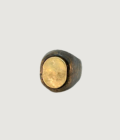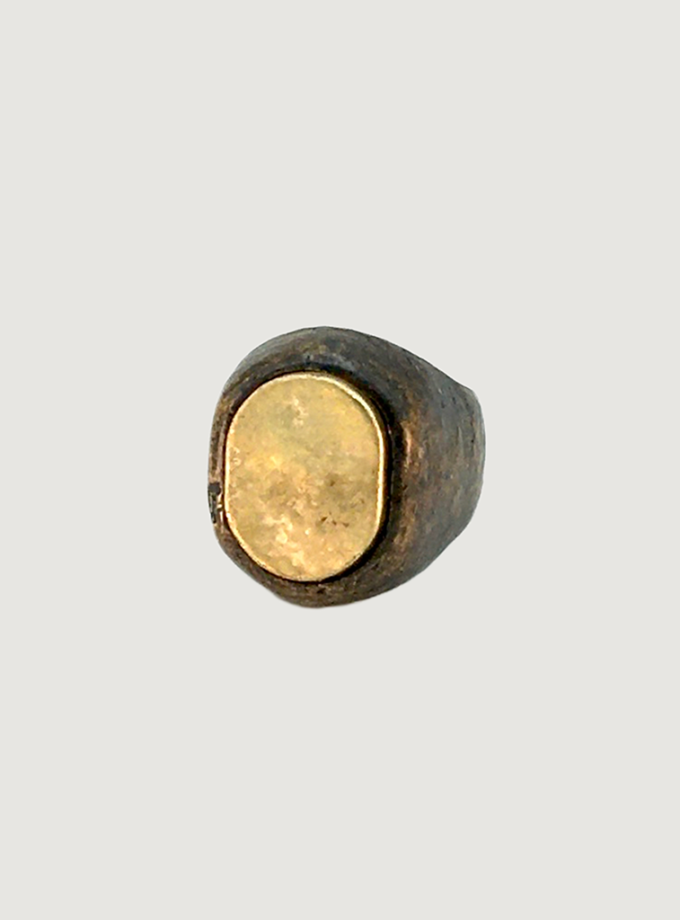RENAISSANCE INLAYS
In the last decades of the sixteenth century in Rome the taste for polychrome marbles is affirmed and powerfully manifests itself with the decoration of a large number of sacred buildings. While the choice of patterns is still strongly influenced by the past tradition, a wave of innovation towards new and unexplored forms takes place, favored by the availability of newly extracted marble which led to the creation of new color combinations.
Simple as well as more complex new geometric figures with inserts of curvilinear shapes and figurative forms derived from the world of heraldic and religious symbolism are achieved with the use of multicolor marbles for the walls, furnishing and floors. While white marble was employed to mark the outer lines of the original shape, widely used colored marbles had the task to disarticulate the space.
CōDICEDS jewels are the result of manual processing and finishes that give each object a unique set of characteristics. Therefore replicas of the same model may not look identical and any differences that may result are not to be considered as flaws.
Read the FAQ to know more about the stone replacement mechanism



























 No products in the cart.
No products in the cart. 
